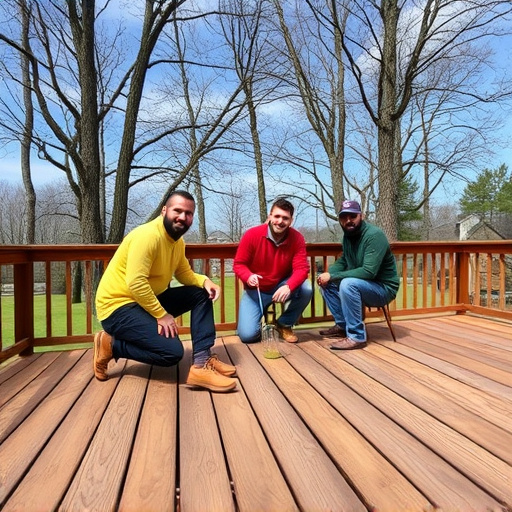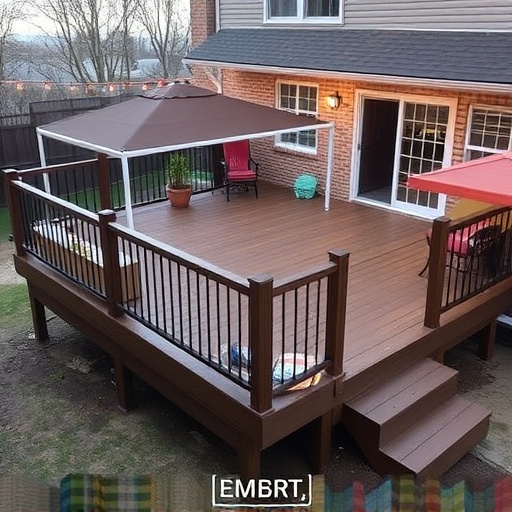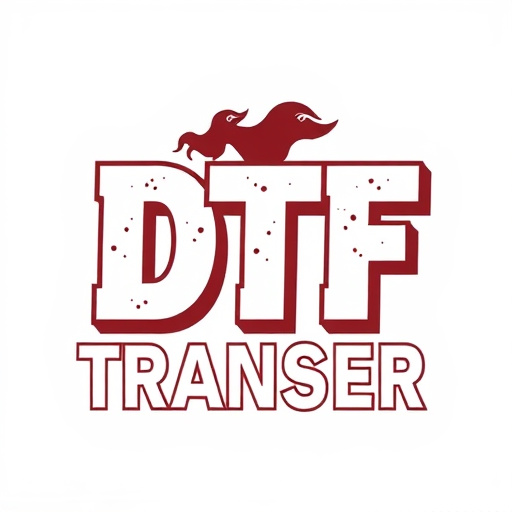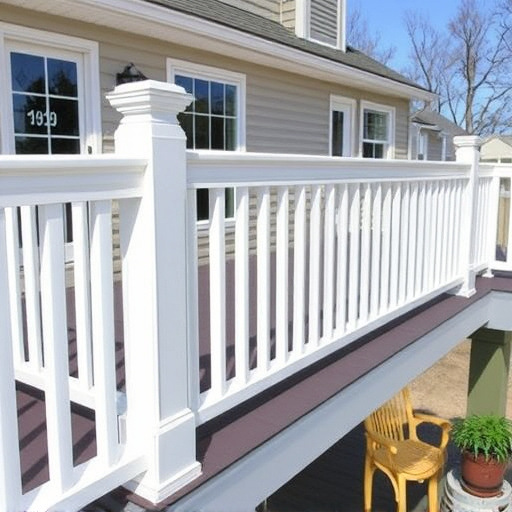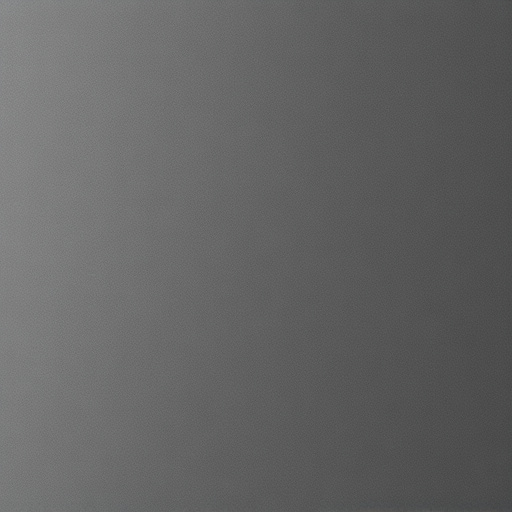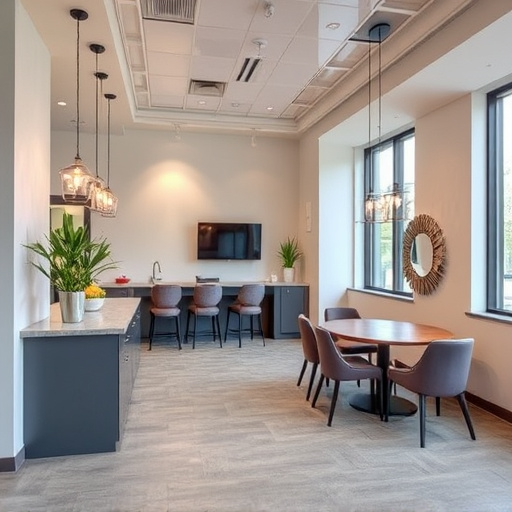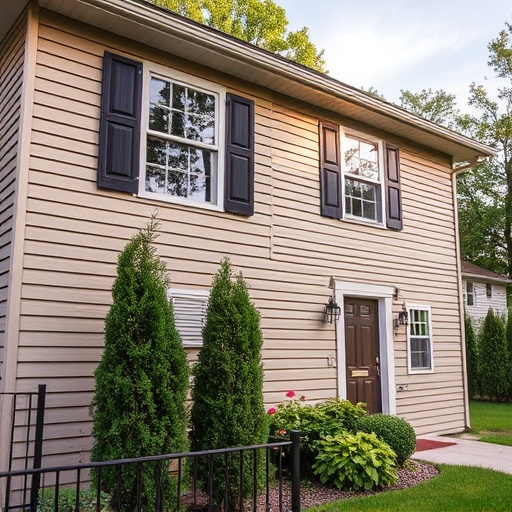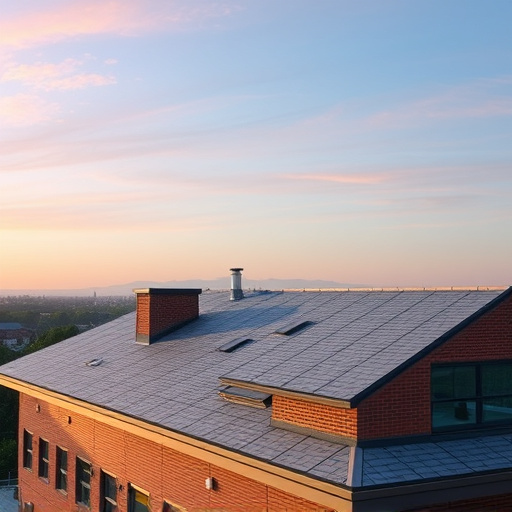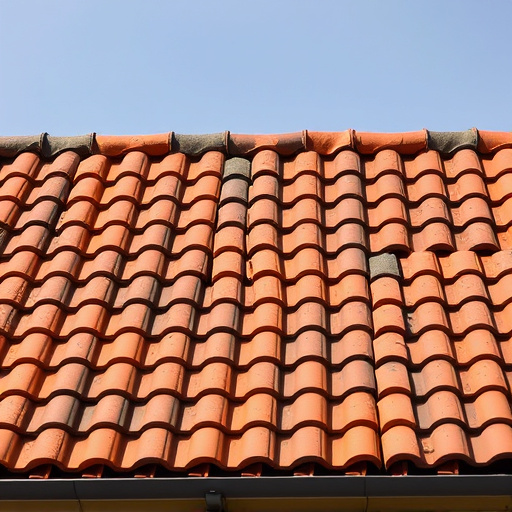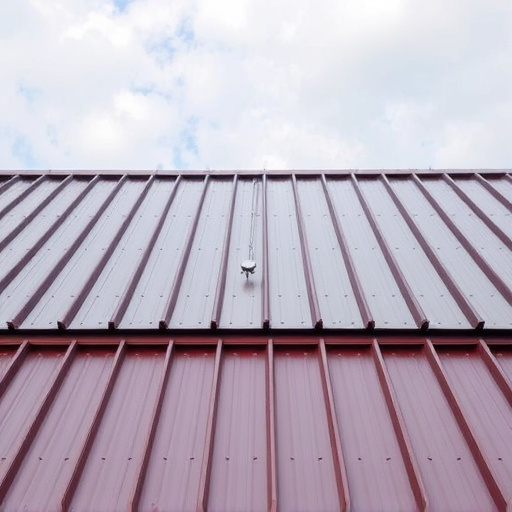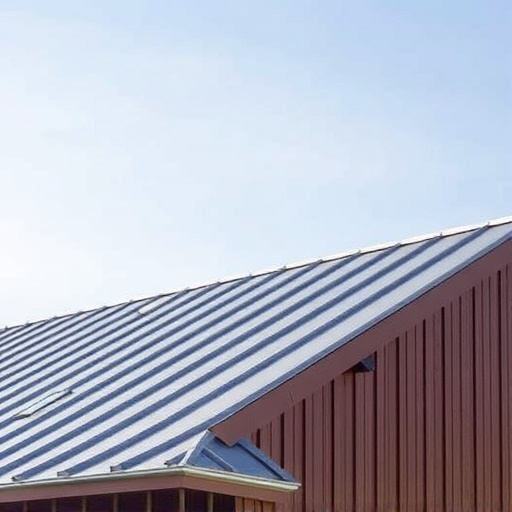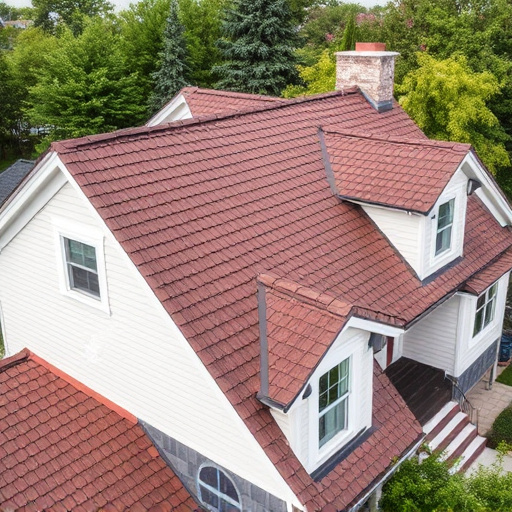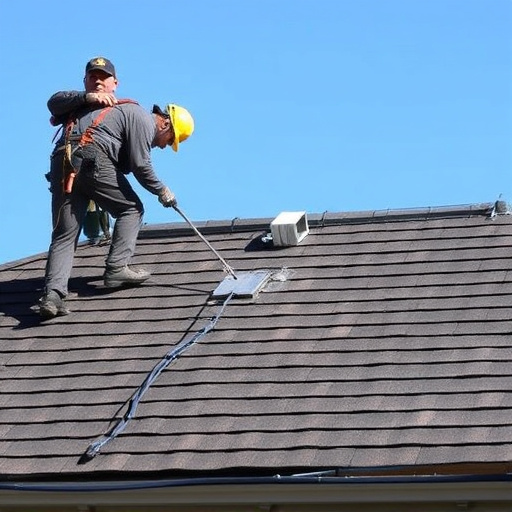Before upgrading to vinyl siding, assess needs, exterior state, climate, local codes, and architectural style. Budget for materials ($5-$15/sq ft) and labor, comparing contractor quotes. Prioritize essential expenses, research deals, consider DIY installation, and maintain for extended investment.
Planning a vinyl siding upgrade? Smart budgeting is key to staying within your means and achieving the look you desire. This guide breaks down the process into manageable steps, starting with assessing your needs and understanding the cost breakdown of materials versus labor. We’ll then explore strategic budget allocation methods and offer valuable savings tips tailored for your vinyl siding project.
- Assessing Your Vinyl Siding Upgrade Needs
- Researching Costs: Materials vs. Labor
- Strategies for Smart Budget Allocation & Savings Tips
Assessing Your Vinyl Siding Upgrade Needs
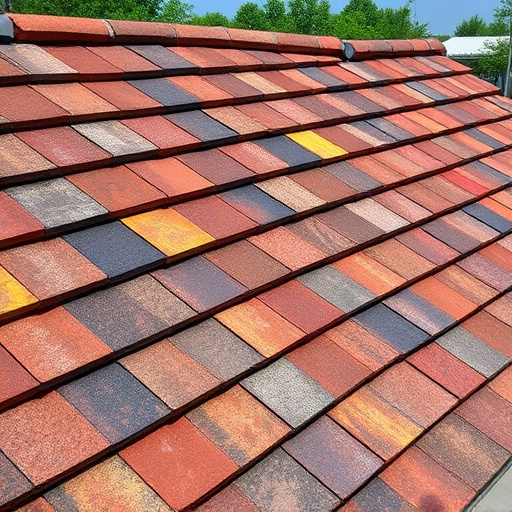
Before diving into a vinyl siding upgrade, it’s crucial to assess your needs and goals. Start by evaluating the current state of your home’s exterior—is your old siding damaged, faded, or simply outdated? Professional siding installation experts can provide valuable insights during an initial consultation, helping you understand the extent of repairs required and the most suitable vinyl siding options for your property.
Consider factors such as climate, local building codes, and architectural style to make informed decisions. For instance, heavy rainfall regions might require water-resistant siding, while historic neighborhoods may have specific design guidelines. Regularly maintaining your new vinyl siding by cleaning it thoroughly and repairing any damaged sections will ensure its longevity and preserve the curb appeal of your home, avoiding costly siding repairs in the long run.
Researching Costs: Materials vs. Labor

When researching costs for a vinyl siding upgrade, it’s crucial to understand the breakdown between materials and labor. Vinyl siding itself can vary greatly in price depending on the quality and style you choose. Homeowners should expect to pay anywhere from $5 to $15 per square foot for high-quality vinyl panels. This initial investment is a significant factor in your overall budget, so comparing different brands and options is essential.
Additionally, don’t overlook the cost of labor. Installing vinyl siding properly requires skilled professionals who can handle the work efficiently. Labor costs can vary based on the complexity of your home’s exterior and local market rates. It’s wise to obtain quotes from multiple contractors to ensure you’re getting a fair price for both materials and residential siding installation services, complementing any roofing solutions you might need, including siding and gutters.
Strategies for Smart Budget Allocation & Savings Tips
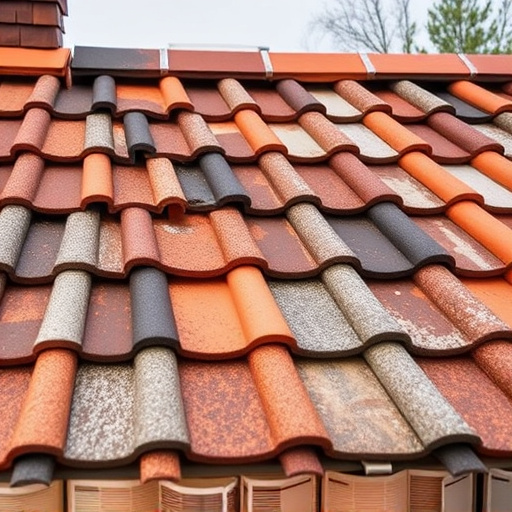
When budgeting for a vinyl siding upgrade, smart allocation is key. Start by assessing your current financial situation to set a realistic budget. Prioritize essential expenses before allocating funds to your home improvement project. Researching and comparing different types of vinyl siding can save you money; look for sales, promotions, or end-of-season discounts. Additionally, consider the long-term benefits of energy efficiency that some vinyl siding options offer, which could offset installation costs over time.
To maximize savings, focus on DIY installation if your skill level allows, as professional services can significantly impact your budget. Keep an eye out for deals on complementary services like siding and gutters or storm damage repair, especially during off-peak seasons. Regular maintenance of your vinyl siding and gutters will also prevent premature replacements, further extending your investment.
When upgrading your home with vinyl siding, smart budgeting is key. By carefully assessing your needs, researching costs for materials and labor, and implementing strategic allocation methods, you can achieve a stunning exterior without breaking the bank. Remember, a well-planned budget allows for both quality vinyl siding installation and financial peace of mind.
